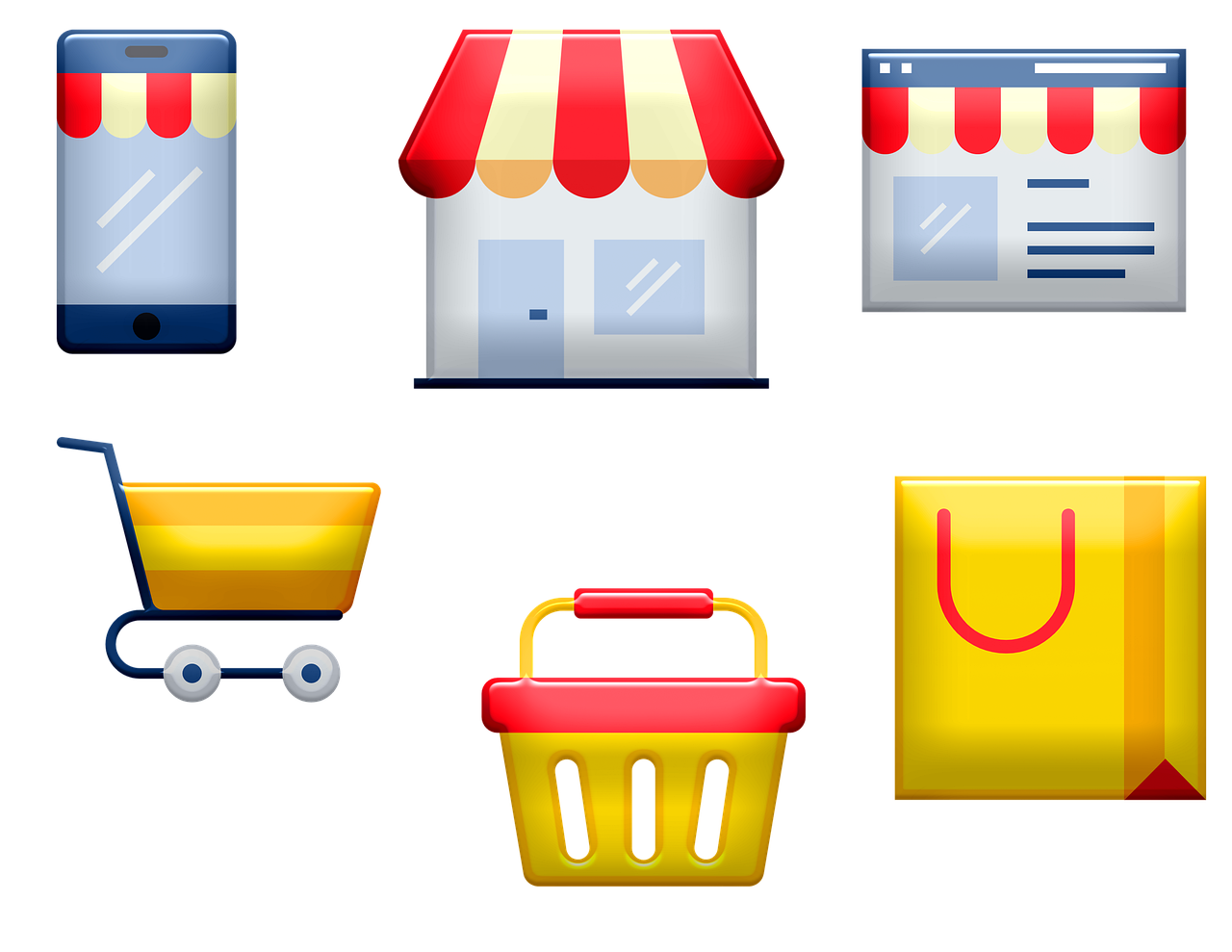The term “Internet of Things” has become increasingly popular over the last five years or so, and it looks like we’ll be hearing even more about it in the coming years. The retail sector is ready to see more IoT-driven disruption. From the way customers interact with brands to how businesses deliver customer experiences and run tighter and more efficient operations, IoT in retail has proven invaluable.
What is IoT?
The Internet of Things — the extension of Internet connectivity into physical devices and everyday objects. In broader terms, the Internet of Things means that all items we use on a daily basis will be interconnected, able to exchange data, and optimized to fit our preferences. This opens a wide range of opportunities in many fields, including transportation, healthcare, workplace, and retail.
Here are the two most common applications of IoT in retail sector:
•Data gathering and sharing through sensors: These devices can collect environmental, motion, and other data and share it with selected users in real time. Additional information will enable quicker and more informed decision-making.
•Acting based on collected data: IoT-enabled machines will be able to initiate commands on their own — this way, humans will be able to manage technology from a distance.
5 IoT applications retailers are using today
At its most basic, the Internet of Things (IoT) is a network of connected physical objects embedded with sensors. IoT allows these devices to communicate, analyse and share data about the physical world around us via networks and cloud-based software platforms.
In particular, let’s look at five areas where retailers are taking advantage of IoT:
1.Managing inventory
Tracking inventory levels and keeping products in stock can be difficult, expensive, and time-consuming. Which is why retailers are turning to IoT to optimize inventory. IoT can identify products and their location in real time and monitor and send alerts for inventory building up in dressing rooms. IoT can also scan display shelves for gaps and product positions and even send alerts for misplaced or mislabeled products.
2.Customer Relationship Management
Traditionally, customer relationships were built on the foundations of face-to-face conversations. Today, merchandisers are utilizing the IoT to learn from, interact with, and advertise to those who consume their products.
3.Supply chain management
GPS and RFID technology will allow brands to track each individual item through the entire delivery process. You will be able to have a tight grip on your vendors as you will be able to monitor the delivery conditions and the location as well as predict a precise delivery time.
The range of applications for IoT in supply chain management is impressive. For instance, you can test different vendors, vehicles, and delivery routes; collect the data on the process; and find the cheapest framework that also transports the product with no damage.
4.Buyer Behavior Tracking
Occupancy sensors can provide essential data about store traffic patterns and dwell times in specific product areas. This data can help retailer’s better plan in-store merchandising and guided selling through more effective display setups, aisle layouts and space allotment. This data can also be used to monitor checkout line wait times to provide better customer service with more staffing or additional self-checkouts.
5.Reducing energy usage
Energy consumption can be a major expense for retailers and as businesses look to trim costs and shrink their carbon footprint, they’re turning to IoT. Forty percent of retailers cite energy optimization as a top reason for adopting IoT.
They’re turning to solutions such as ICONICS. This Azure-based, smart building solution centralizes disparate building management systems that control heating, cooling, lighting, and more. By applying advanced analytics, the solution helps deliver energy savings in multiple areas.
Conclusion
Implementing IoT solutions provide insights for business owners to both generate more income, and also facilitate patrons and their endeavors when shopping. Business owners and makers are combining knowledge and skill to deliver insights to why and how merchandise is selling.
The IoT technology evolves drastically over time and has a tremendous impact on e-retail and in-store shoppers. If IoT technology is integrated into businesses, it will benefit both their customers and the bottom line. Additionally, for developers and designers, the fundamental essence of work lies in innovation. A great user experience is essential for e-commerce or e-retail apps, or a retail store.
Contact Realxposure’s Expert Team to learn more about application of IOT in your Retail business







Leave A Comment